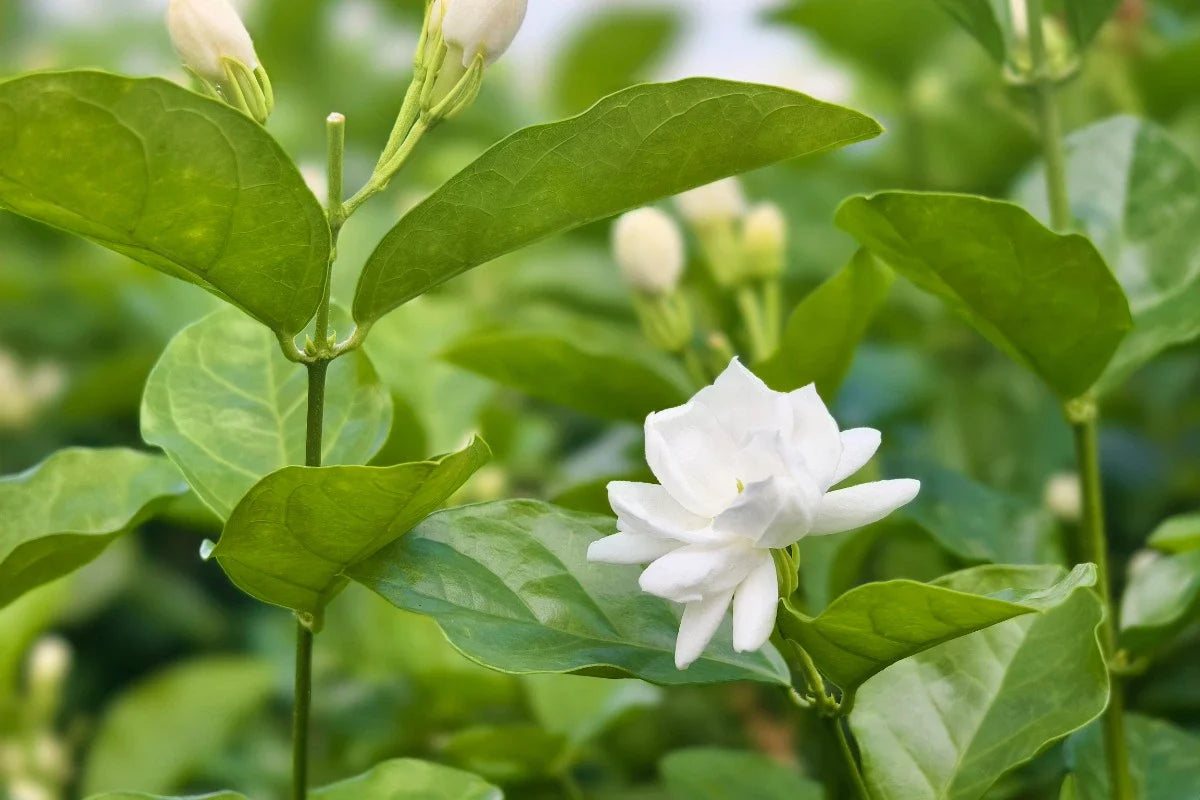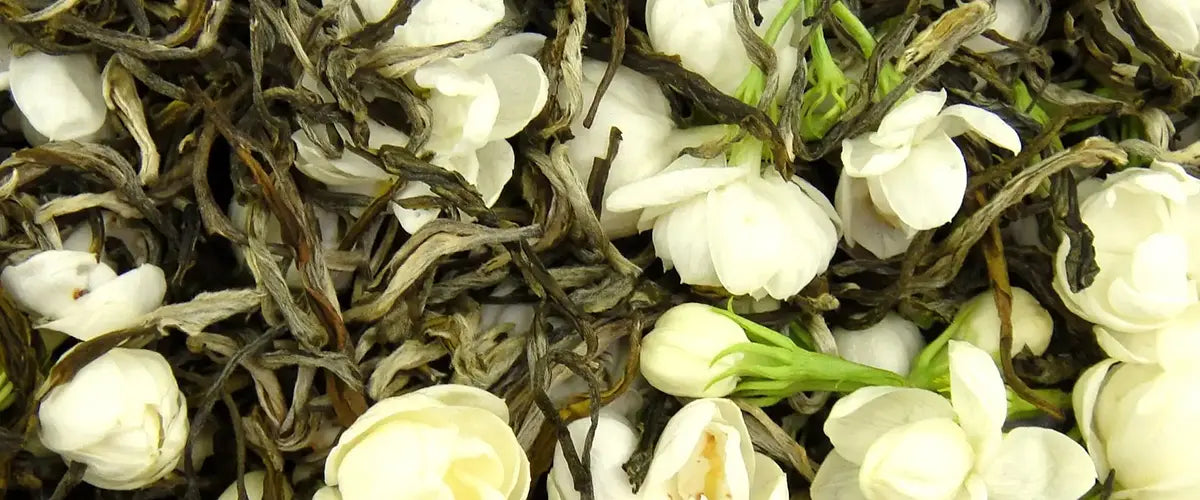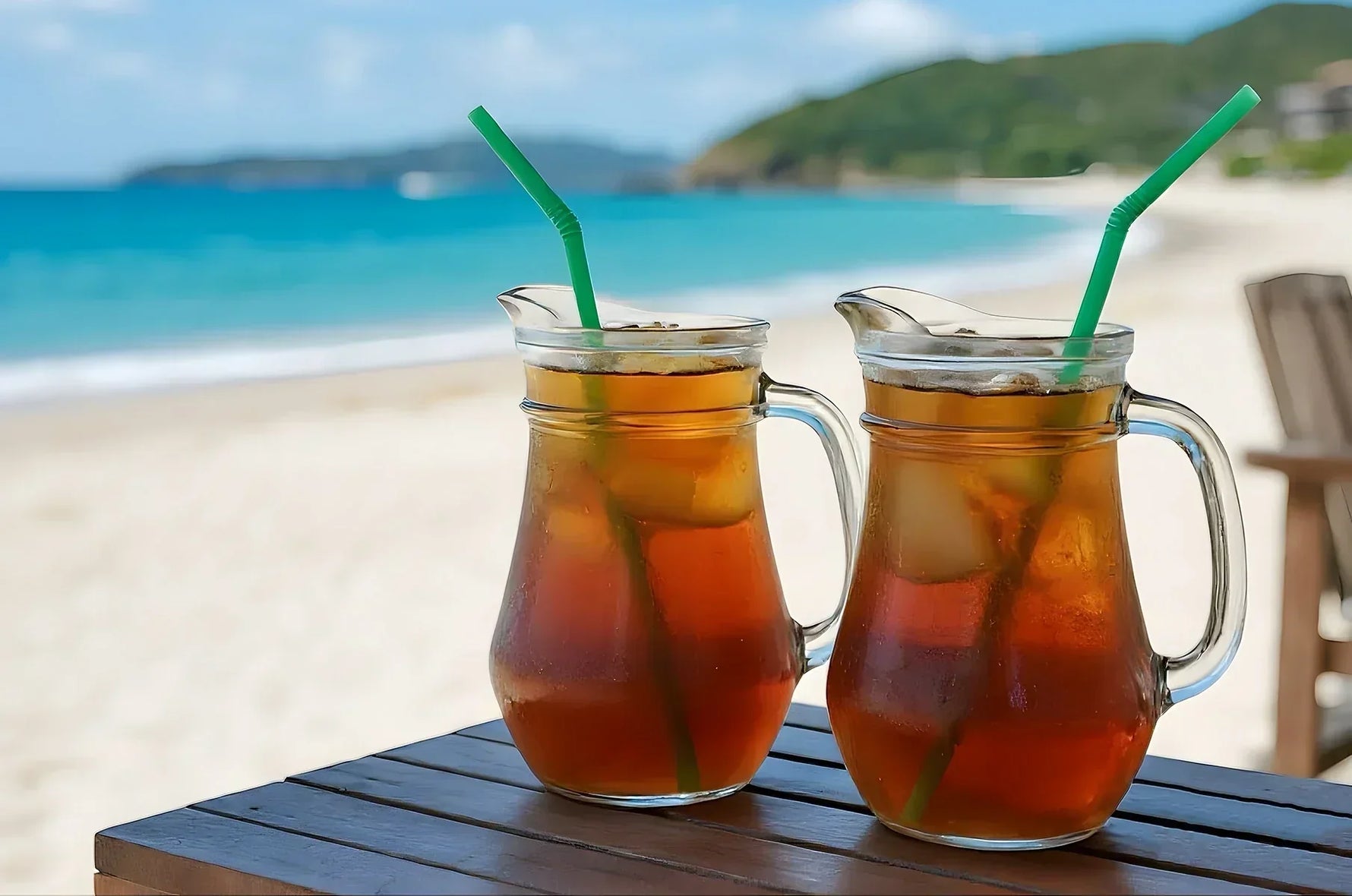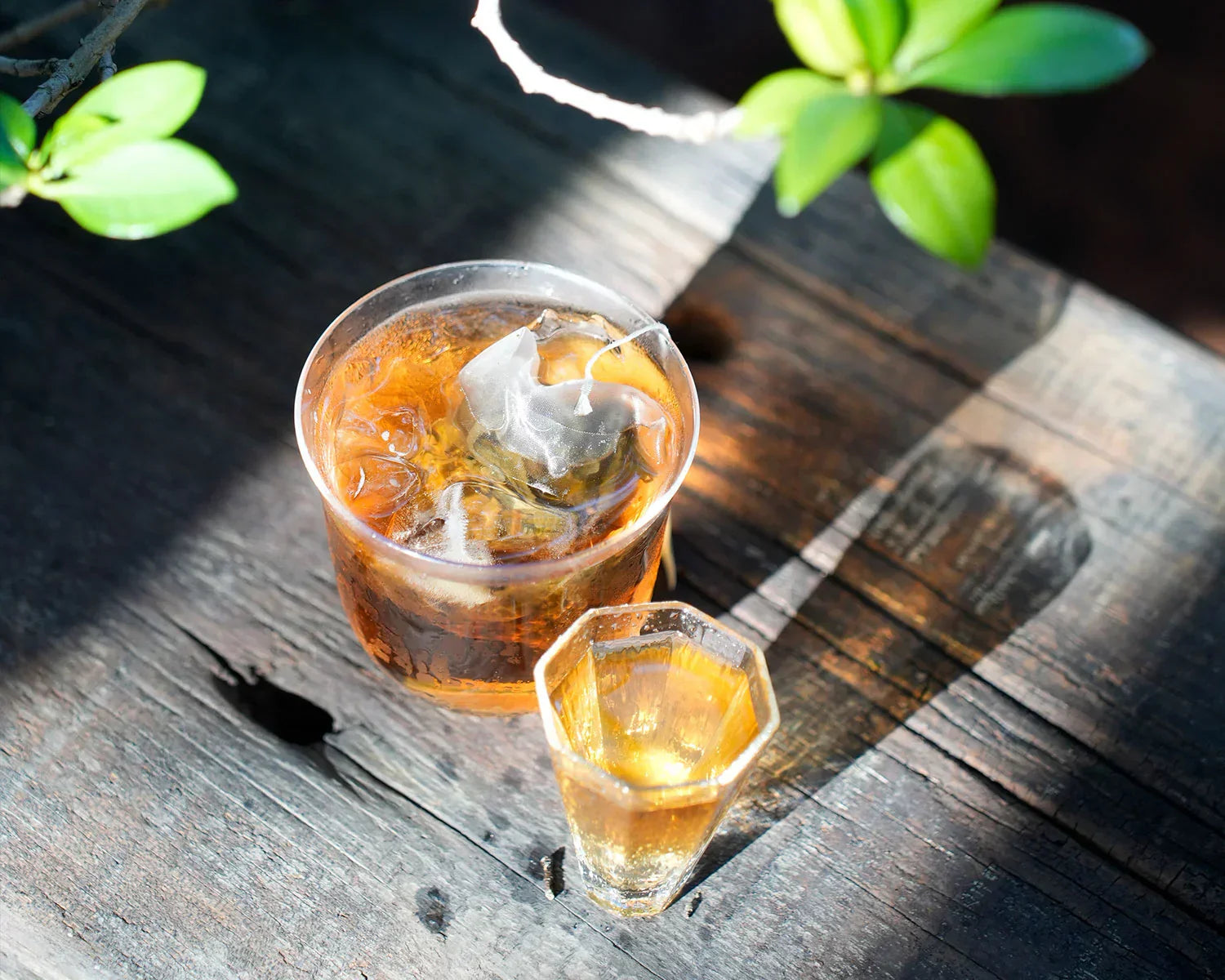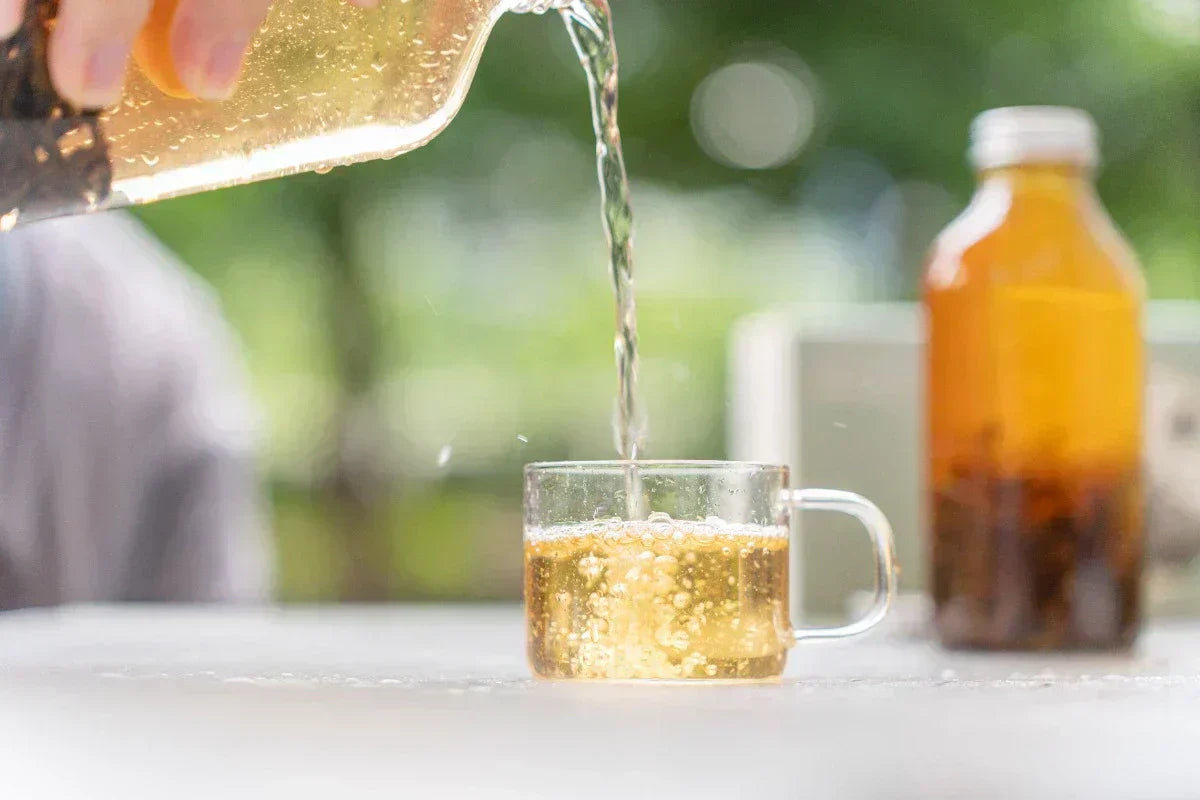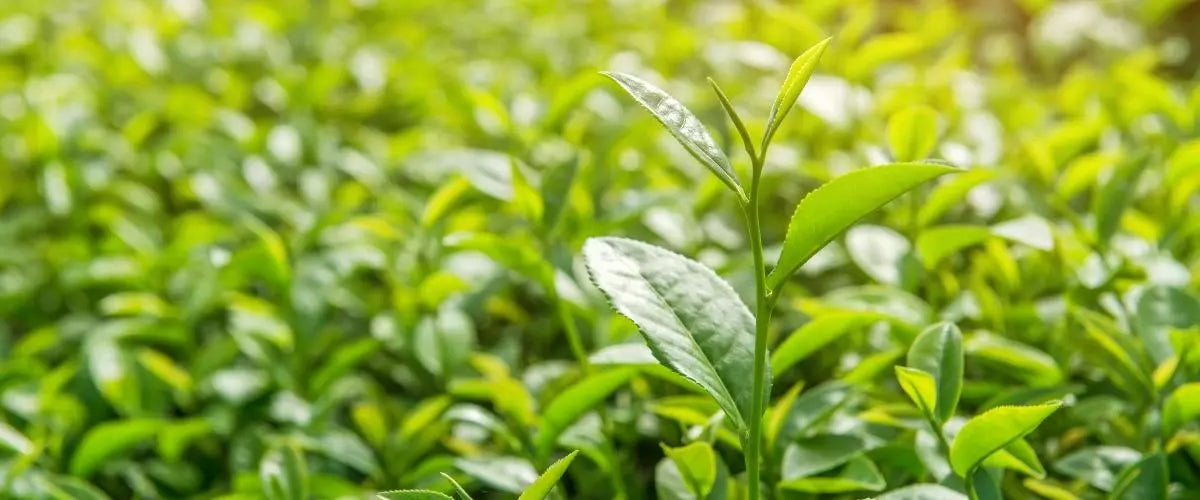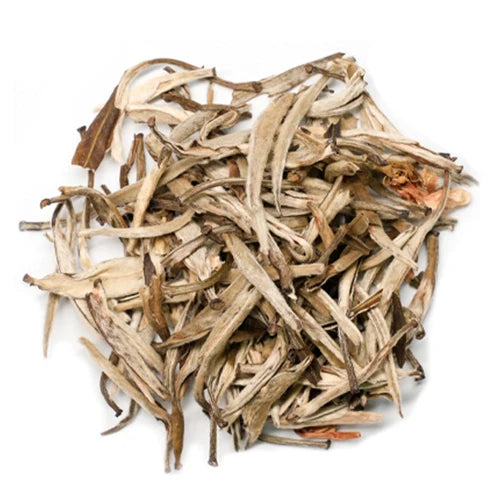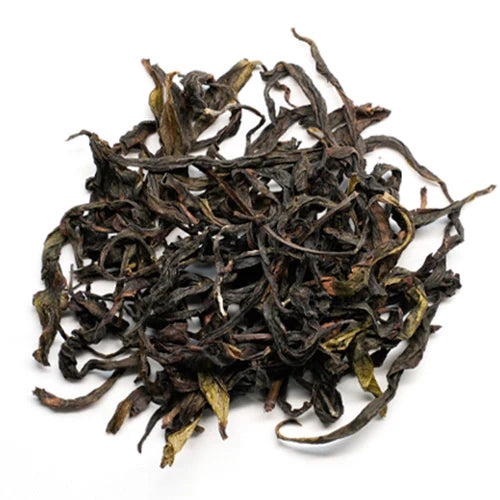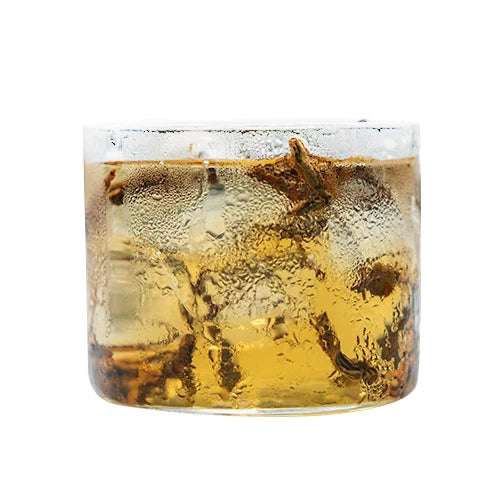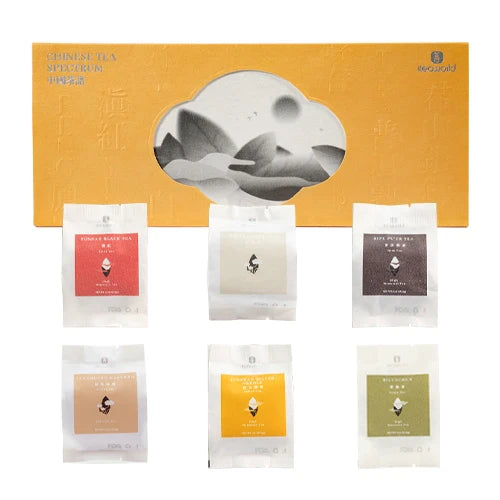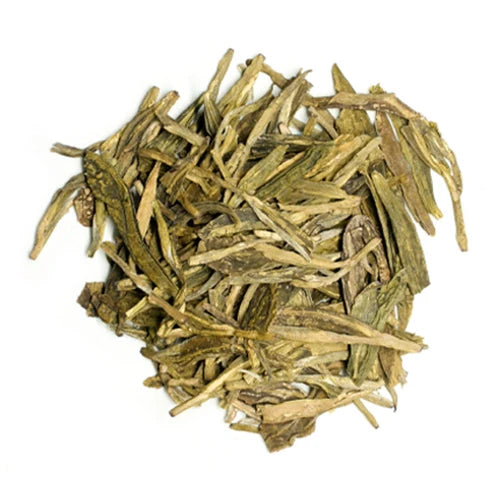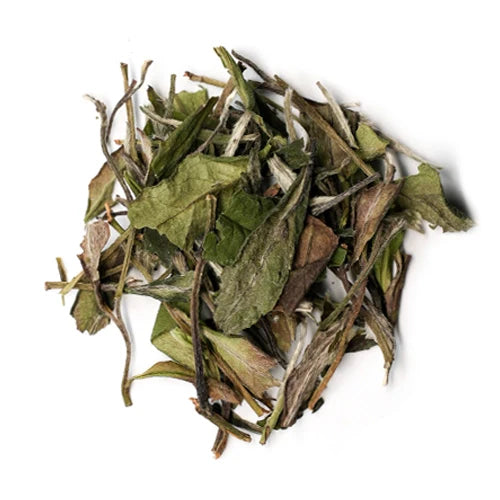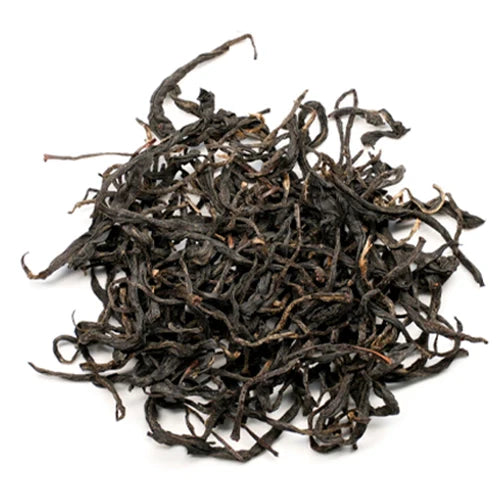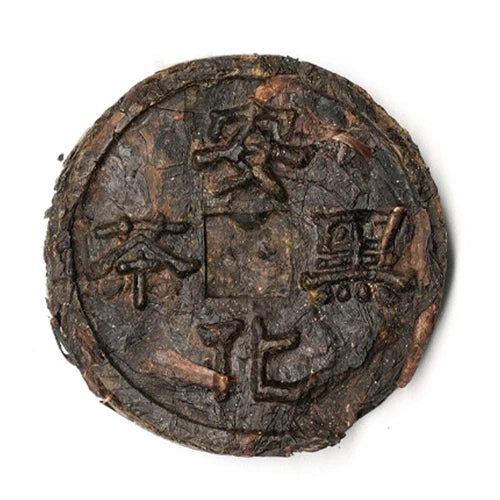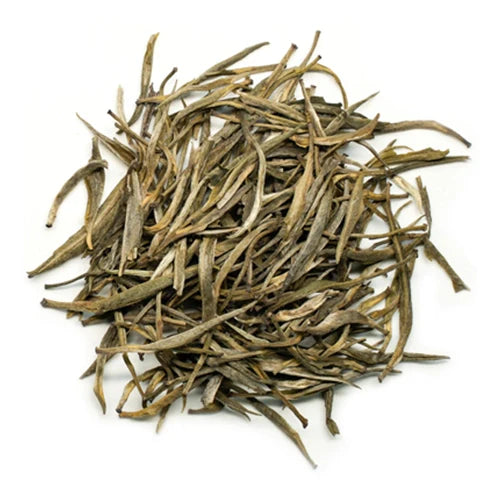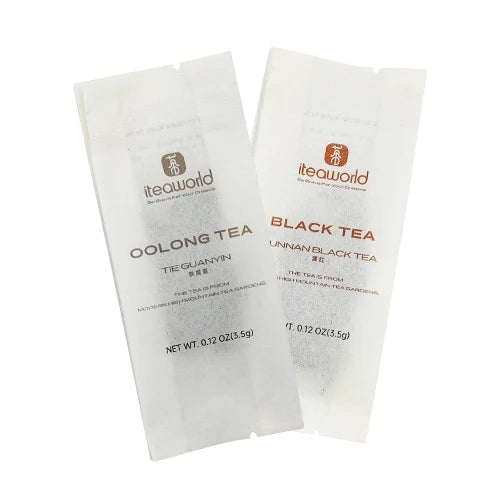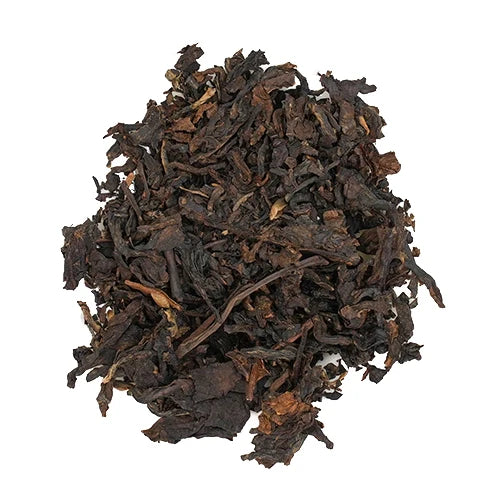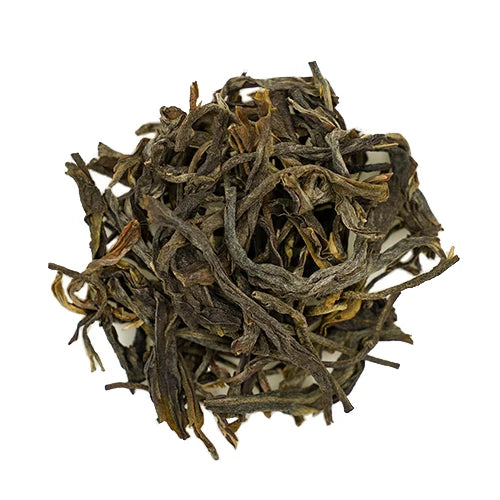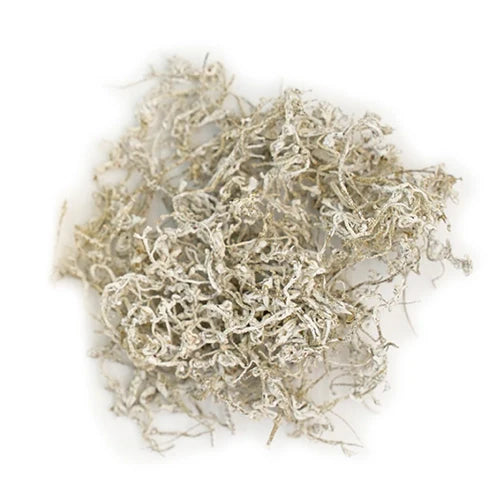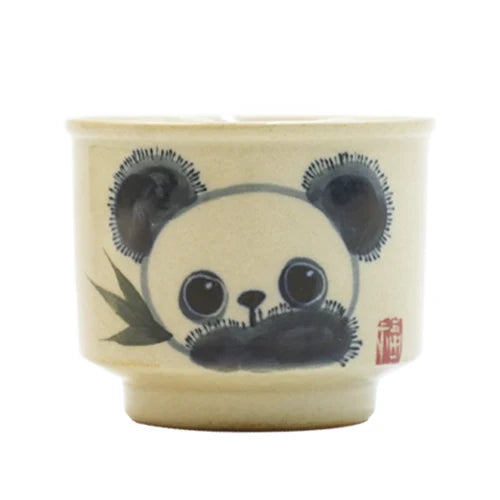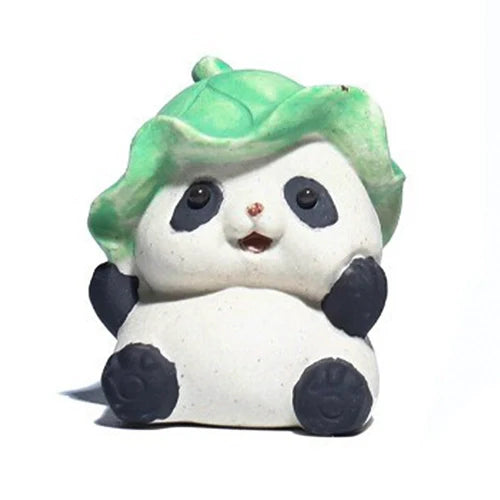How Many Seasons Is Green Tea Harvested?
Green tea isn’t just a spring harvest—it’s also picked in summer and fall. However, in the actual market, most of the green tea sold is from the spring harvest. Summer and fall teas are less commonly labeled and are usually processed for other uses due to their different flavor profiles.
Differences Between Spring, Summer, and Fall Green Tea
Spring Green Tea: The most prized harvest. Spring tea has delicate buds and leaves, a high theanine content, a strong aroma, and a fresh, sweet taste. Most high-quality green teas on the market are from the spring harvest.
Summer Green Tea: Higher yield and more budget-friendly, but with a more bitter taste and weaker aroma. Because of this, summer tea is mainly used for jasmine tea, tea bags, instant tea, bottled tea drinks, or as a blending ingredient.
Fall Green Tea: Milder in taste but with a higher aroma than summer tea. While some autumn tea is blended into green tea or used for scented teas, the market demand is much lower compared to spring tea.
Since high-quality green tea primarily comes from the spring harvest, summer and fall teas are more often used in processed tea products rather than being sold as standalone premium green teas.
When is Spring Tea Typically Harvested?
Spring Tea: From March to May.
During this time, the weather is just right, and the tea grows slowly, which makes it rich in nutrients and gives it a fresh, sweet taste and a strong aroma. Many of the top-quality green teas, such as Ming Qian tea and Yu Qian tea, are harvested during this period.
The exact timing for harvesting spring tea depends on factors like the tea plant variety, altitude, and geographical latitude, so the harvest times vary from place to place.
Tea Plant Variety: Early-maturing varieties like Wu Niu Zao can be harvested as early as late February in low-altitude areas of Sichuan, while in Zhejiang, they’re ready around early March. Traditional varieties, like Longjing (Dragon Well), grow slower and are usually picked around March 15th.
Altitude: The higher the altitude, the slower the tea grows due to cooler temperatures, which means harvesting happens later. For example, lowland tea might be ready by early March, but high-mountain teas (like those from altitudes over 800 meters) usually aren’t picked until around Qingming (April 4–6).
Geographical Latitude: The further south, the earlier the tea starts growing. In Hainan, green tea can be harvested as early as February, while in Qingdao, Shandong, the Laoshan green tea may not be ready until late April or early May.
Overall, the specific harvest time for spring tea is determined by a combination of the tea variety, altitude, and latitude, so the timing for different regions and tea varieties can vary quite a bit.
What is "First Spring, First Pick" Green Tea, and Why is it So Precious?
"First Spring, First Pick" green tea refers to the very first fresh leaves that sprout after the tea plants rest over the winter. It's the first harvest of the year, and it’s harvested in the early days of spring.
What Makes It Special?
Rich in Nutrients: After resting through the winter, the tea plants store up nutrients, making the first leaves rich in amino acids, tea polyphenols, and aromatic compounds. This gives the tea a fresher, sweeter taste and a more intense aroma.
Delicate Taste: The leaves are tender, soft, and full of fresh, crisp flavor with a noticeable sweet aftertaste.
Limited Quantity: Due to factors like climate, variety, and region, the harvest period for this tea is very short, and the yield is extremely low.
Once a Year: "First Spring, First Pick" green tea is harvested only once each year during the brief spring season, making it rare and valuable.
Hand-Picked: It’s usually harvested by skilled tea farmers who carefully select the best leaves, ensuring a higher quality tea with more attention to detail in the process.
Unique Flavor: Compared to later harvests, the first pick has a more vibrant, mellow flavor and stronger aroma, making it a favorite among tea enthusiasts.
For all these reasons, "First Spring, First Pick" green tea is considered a precious gem among green teas and highly sought after.
What Early Spring Green Teas Does iTeaworld Offer?
We’ve carefully selected four of China’s most renowned green teas—Longjing (Dragon Well), Biluochun, Huangshan Maofeng, and Enshi Yulu. Our teas come directly from long-term partner farmers with at least 20 years of tea-making experience. We work with them to custom-produce the first spring harvest, ensuring each sip is packed with fresh, authentic flavor.
When selecting our teas, we focus on seed-propagated traditional tea cultivars and prioritize high-mountain tea gardens at elevations of 800 meters or higher. Except for Enshi Yulu, the other teas are sourced from areas surrounding the core growing regions. This guarantees an authentic taste while also offering excellent value.
2025 First Spring Harvest Longjing Tea
We’re excited to bring you our 2025 First Spring Harvest Longjing, handcrafted by master tea maker Sheng Jiangjun. With over 20 years of experience, Sheng is a true guardian of traditional Longjing craftsmanship. From 2011 to 2013, he honed his skills in the heart of Longjing’s core production area, Meijiawu, before founding his own tea workshop in Xinchang, Zhejiang, where he specializes in Xinchang Longjing tea.
This tea comes from a high-elevation tea garden in Xinchang, Zhejiang, with an estimated picking date of March 25. As an early spring harvest, these young, tender leaves are rare and highly prized, making this tea a truly exceptional choice.
2025 First Spring Harvest Biluochun
We’re thrilled to bring you our 2025 First Spring Harvest Biluochun, sourced from tea master Zhang’s garden in Tongguan Village, Dabu Town, Liyang, Jiangsu. Zhang has been crafting tea since childhood, learning the art from his father—a local legend with over 40 years of experience, known as a "Tea Master" in the region. With 20 years of hands-on experience, Zhang continues to honor his father's legacy, using traditional methods like hand-rolling, wok-firing, and slow drying to bring out the best in every leaf.This tea is expected to be harvested around March 20, featuring young, tender buds with one tiny leaf, ensuring a fresh and aromatic brew.
2025 First Spring Harvest Huangshan Maofeng
We’re excited to introduce the 2025 First Spring Harvest Huangshan Maofeng, crafted by tea master Yu Chengshi in Longma Village, Yanzihe Town, Jinzhai County, Anhui. With over 30 years of experience, Yu is a specialist in crafting iconic Anhui teas like Huangshan Maofeng and Lu’an Guapian. His tea garden sits at 800 meters (2,600 feet) above sea level, home to wild-grown local tea varieties that thrive naturally, giving this tea its distinctive fragrance and pure taste.This tea is harvested around March 20, selecting only the first flush "one bud, one leaf" for the freshest and most delicate flavor.
2025 First Spring Harvest Enshi Yulu
We’re proud to present the 2025 First Spring Harvest Enshi Yulu, sourced from the pristine highlands of Baoyangping, Enshi City, Hubei, at an elevation of 800-900 meters (2,600-3,000 feet). This region is one of the core production areas for Enshi Yulu, known for its clean air and ideal tea-growing conditions. Tea master Zhang Yi, a national-level senior tea maker and tea taster, has been perfecting his craft for over 20 years, blending traditional techniques with modern expertise to create an exceptional tea.Harvested around March 20, this tea features one tender bud with a tiny leaf, ensuring its signature freshness and rich aroma.
2025 First Spring Green Tea Sampler – Four Classic Teas, One Box!
We’re beyond excited to introduce a special 2025 First Spring Green Tea Sampler—a curated collection featuring four of China’s most iconic early spring green teas in one beautifully designed gift set. This set includes:
Longjing (Dragon Well)
Biluochun
Huangshan Maofeng
Enshi Yulu
It’s the perfect way to explore the unique flavors of these legendary teas, whether you're a seasoned tea lover or just starting your journey into Chinese tea.
How to Brew First Spring Green Tea
Teaware: Use a glass cup or a gaiwan.Water: Purified water or spring water works best.Tea-to-Water Ratio: 3-5g of tea per 150ml (5oz) of water (adjust to taste).Water Temperature: Around 175°F (80°C) to protect the delicate tea buds.Pouring Technique: Pour water gently along the side of the cup to avoid hitting the tea leaves directly.Pro Tip: Don't steep for too long! Pour out the tea after each infusion to prevent over-extraction.
